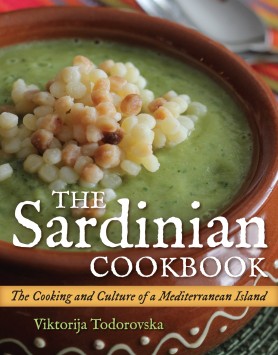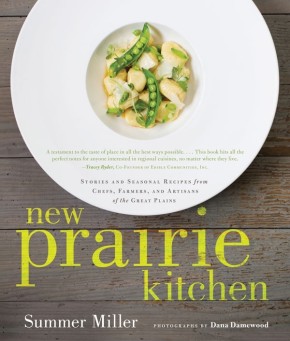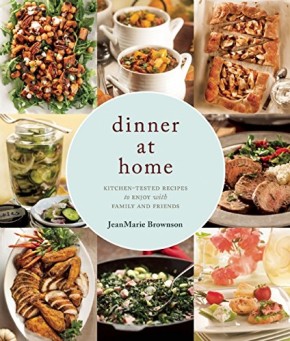The Sardinian Cookbook The Cooking and Culture of a Mediterranean Island
Sardinian cooking fosters an unmistakably original culinary experience that emphasizes generous portions and group dining. From myrtle, saffron, and honey to lamb, seafood, and specialty cheeses, Sardinian food features a broad variety of flavors for any occasion.
Sardinia, the isolated and majestic island nestled off Italy’s southwestern coast, is home to countless fascinating traditions and tantalizing flavors. Its rich and longstanding cultural history includes a blend of Spanish, French, Italian, and Moorish traditions. The result is an unparalleled and eclectic cuisine that is still relatively unknown outside the small island. The Sardinian Cookbook captures these wonderful flavors, delivering more than 100 easy-to-make recipes that are as healthful as they are delicious.
Sardinian cooking fosters an unmistakably original culinary experience that emphasizes generous portions and group dining. From myrtle, saffron, and honey to lamb, seafood, and specialty cheeses, Sardinian food features a broad variety of flavors for any occasion. Many traditional Sardinian recipes are simple and straightforward, reflecting a “peasant” cuisine heavy on legumes, fresh vegetables, olive oil, and a variety of breads. However, it is common for Sardinians to celebrate holidays with lavish feasts and special delicacies: suckling pig, lobster, bottarga (Sardinian caviar), and the full-bodied-yet-natural flavorings of Sardinian sausages.
Viktorija Todorovska is a Chicago-based chef, author, and owner of Oliva Cooking—a cooking, wine, and travel company—who studied at the famed Florentine culinary school Apicius. Following on the heels of her critically acclaimed The Puglian Cookbook, her newest book captures the mystique of another under-appreciated region of Italy. The recipes in The Sardinian Cookbook are inextricably linked to the history, geography, and traditions of the Sardinian people, offering an exotic yet affordable panoply of unique dishes.
Penne with Wild Fennel and Pancetta
In this dish, the richness of the pancetta is perfectly balanced by the freshness of the fennel. Pair this dish with Argiolas Costera, a lighter Cannonau di Sardegna, for a quick and exquisitely satisfying meal.
2 tablespoons extra virgin olive oil
2 ounces (57 g) pancetta, finely chopped
1 clove garlic, thinly sliced
½ cup (44 g) finely chopped whole wild fennel or the greens of regular fennel
Crushed red pepper, to taste (optional)
1 gallon (3.80 L) water
1 tablespoon sea salt, plus more, to taste
4 cups (11 ounces [312 g]) whole wheat penne or other short pasta
½ cup (50 g) freshly grated pecorino, for sprinkling
1. In a large (6- to 7-quart [5.7- to 6.6-L]) sauté pan, warm the oil over medium heat.
2. Add the pancetta and cook for 3 to 4 minutes, until the fat has rendered and the pancetta is starting to brown. Add the garlic and cook for 2 minutes, until the pancetta is brown and crunchy.
3. Add the fennel and crushed red pepper (if using), stir well, and cook for 3 minutes, until the fennel wilts.
4. In a medium (8- to 12-quart [7.6- to 11.4-L]) stockpot, bring the water and 1 tablespoon of salt to a boil. Add the pasta and cook until almost al dente, 1 minute less than the package instructions.
5. Drain the pasta, reserving 1 cup (237 mL) of the cooking water. Transfer the pasta to the sauté pan with the fennel and pancetta.
6. Toss the pasta and cook for 30 seconds, adding some of the reserved cooking water, if necessary. Adjust the seasoning to taste.
7. Transfer the pasta to a serving bowl. Serve hot, sprinkled with the pecorino.
Reprinted with permission from The Sardinian Cookbook: The Cooking and Culture of a Mediterranean Island by Viktorija Todorovska, Agate Surrey, October 2013.











Leave a Reply